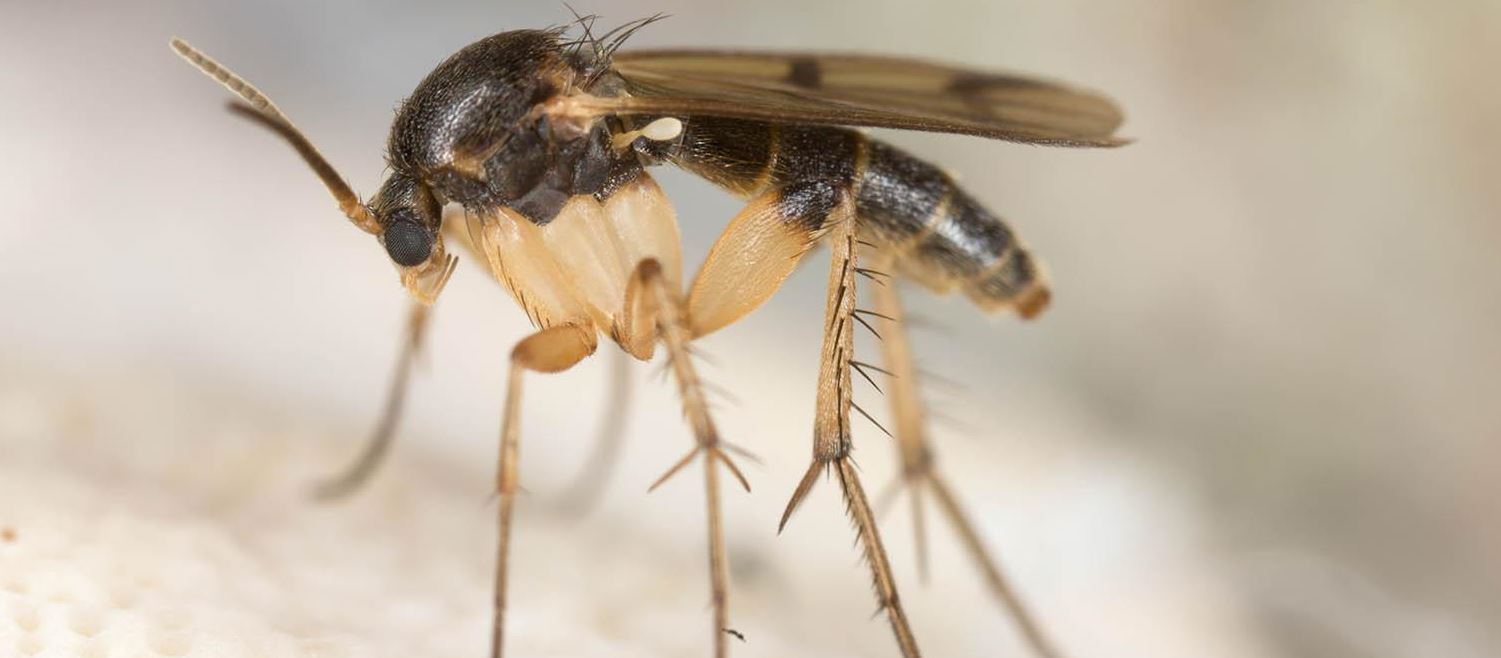Do All Gnats Fly?
When you hear the word ‘gnat,’ your mind probably conjures up images of swarms gathering in the garden or numerous tiny flying beasties circling your houseplants. If instead, they were walking around on the ground, they’d be remarkably less annoying.
It seems evident that all gnats fly, but the truth is more shocking than you would first believe.
Gnat flying facts:
- Only the adult gnat flies
- They have two wings
- Gnats have gyroscopes called halteres
- Swarming attracts females
The Flying Gnat Myth
It’s ingrained into our heads that all gnats fly. While these arthropods cover numerous different species, even experts define the whole group as small, flying insects.
That could be the end of this article, apart from the fact that, for most of their lives, they don’t fly at all.
Although there are some slight differences between gnat families, on average, they live for around 40 days.
During this time, their life cycle includes:
- Egg — six days
- Larva — 14 days
- Pupa — seven days
- Adult — ten days
As you can see, gnats only fly for around a quarter of their lifespan — while they’re an adult. They need this ability to locate food and find somewhere to breed and lay their eggs.
The remainder of the time, they’re hatching, crawling in soil or riverbeds, or metamorphosizing in the pupal stage.
How Many Wings Do Gnats Have?
True flies — Diptera — which includes gnats, have two wings, which they use for lift and propulsion.
However, they also have the evolutionary remnants of a second pair, known as halteres. Resembling minute drumsticks or tennis rackets, they have a stabilizing effect. They act as tiny gyroscopes, enabling the gnats to be correctly positioned in the air and allowing them to swarm.
Why Do Gnats Fly in Swarms?
One of the easiest ways to separate gnats from other small flies is the way they swarm together in the garden, known as clouds or ghosts. These groupings can be particularly annoying if they’re happening near your cookout.
Basically, they’re on the hunt for some bedroom action. If you’re a tiny male gnat, looking for an equally small female, it can be like searching for a needle in a haystack. Instead, they stick together in large numbers creating an obvious visible target to the females to fly to — a kind of neon sign saying get your sex here.
What’s more, while in this formation, they show off.
Take some time to look at a gnat cloud. Every so often, one will dramatically fall from the group as if its wings are broken. It will then start flying again before it hits the ground and rises to the top of the swarm.
This skydiving procedure is a mating ritual, indicating to the female, look how brave and strong I am — let’s mate.
Where Do They Swarm?
You’ve probably experienced a gnat cloud hovering annoyingly over your head. Take this as a compliment. It’s not that they find you particularly nice-smelling, or that they’re contemplating a quick nibble on your neck. Instead, they think you stand out from everyone else.
Gnats congregate over strong visual markers. The next time you’re in your garden, observe where they’re located — often above fence posts, beneath lamps or even over marked ripples in water. As with the swarming process, this is because it makes it more obvious for females to spot them.
Equally, they love warmth. The gnats will try and stay in the sun’s rays for as long as possible. As the sun moves, they’ll tend to follow it around the garden and focus on an object in its beams.
So, if you have a gnat cloud over your head and your partner doesn’t, be proud — you’re seen as a sexually attractive location.
Dangers of Flying in Swarms
While flying in clouds may increase the chance of some hanky-panky, it can also invoke a premature death.
Being more obvious to girlie-gnats also means being glaringly apparent to predators. Larger insect carnivores, such as dragonflies, will fly backward and forward through the swarms, consuming the little flying snacks while on the wing.
Conclusion
While all gnats, as long as they reach adulthood, will eventually fly, they spend more of their lifespan as ground or water-based creatures. Their airborne antics can either lead to reproduction or an early demise.
The next time you’re in the garden and see a gnat cloud, don’t get the spray out. Instead, take time to watch these fascinating creatures. What’s more, if they’re above your head or food, be patient — they’ll soon move.

